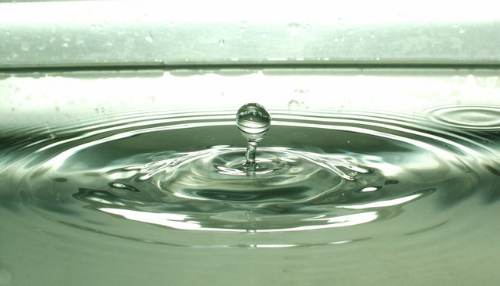A drip here. A drop there. What’s the harm, right? Now imagine if you were to stand at the top of your stairs and pour 27 gallons of liquid through your house every day, on the floors, through the vents, down the walls. Of course you wouldn’t! And yet the EPA estimates that the average home leaks that amount every day, 10,000 gallons of water every year—one drop at a time. It’s no surprise then that a running toilet or leaking faucet, left undetected over months and years, can create costly problems that could potentially compromise your family’s health and safety.
Among the many damaging effects of leaky pipes are:
- High water bills;
- Damaged fixtures;
- Loosening of floor tiles, rotting of wooden floors and subfloors;
- Damaged, cracked walls;
- Collapsed ceilings on lower levels of the home; and
- Toxic mold settling into carpets, walls and ceilings.
Don’t wait until a costly repair to inspect and correct potential plumbing maintenance problems in your home. The most common types of household leaks include worn toilet flappers, dripping faucets, and other leaking valves and are easily correctable when caught early. For example, a $10 tube of caulk may be all it takes to prevent leakage around your tub.
Here’s are some telltale signs you need to lookout for:
- If you hear the prolonged sound of water running after you flush, you may have a toilet leak. One way to detect them is by dropping a bit of food coloring in the tank and seeing if it makes its way to the bowl. The cause is usually a decaying flapper which can be easily replaced for just a few dollars.
- On a regular basis, check the gaskets and washers on faucets for wear and replace when needed. (Just one drop of water per second amounts to more than 3,000 gallons per year!)
- Leaks around the sink rim cause permanent damage to walls, cabinets and countertops. Under the sink, look for signs of discoloration on the back wall that could indicate water damage.
- Toilet leaks can come from the water supply or tank. If your toilet rocks slightly or there is water on the floor, the flange and wax ring may need to be repaired.
- In the shower, low water pressure, a change in water color or slow drain are the sign of a plumbing problem. Splash leaks from showering can damage walls, floors and tiles. Look for loose or missing caulk. Also be on the lookout for excess water on the floor or loose tiles around the tub surround and the floor.
- Wet spots on the wall or ceiling, cracks and blistering can signal a leaking or burst pipe. Persistent wetness, the presence of mold or a musty smell are also indications that water is leaking and settling in.
Remember, plumbing leaks are always better tackled immediately. With every drip or drop, costs and damage are certain to mount. If you see any of the signs listed above, consider hiring a professional plumber. A pro can assess the level of damage and make the appropriate repairs.




Leave a reply